From an immigrant to a Cat of noble pedigree, the British Shorthair is certainly a very English Feline.
There are Cats, and there are Cats – but none is quite like the British Shorthair Cat. Known as practically the representative Feline breed of the British Isles – if not officially – the British Shorthair has a long and illustrious history.
BUT WHAT MAKES A CAT A CAT?
To be sure, the British Shorthair is the very definition of being a cute Cat. They have thick coats of fur, which is a hallmark of their Cat family, and when it comes to colors, they come in all colors and patterns.
However, the most popular color seems to be blue-gray, and Cats with this color are at times called “British Blues.” Their eyes can be colored amber, blue, copper, or green, but the British Blues normally have stunning orange- amber eyes.
It’s not just their wonderful coat that makes British Shorthairs so popular; their well-built body – rounded heads with chubby cheeks, large chests, and well-built legs – make them look adorably imposing.
And remember, they don’t just look imposing. With the Toms weighing in as much as 17 pounds, British Shorthairs are definitely on the larger side when it comes to being Cats.
Still, if you want to be sure that your Cat is a British Shorthair, the best organizations to turn to would, of course, be the following: The United Kingdom’s Governing Council of the Cat Fancy, established in 1910 and considered to be one of the early examples of Cat
fancy registries, and the USA’s Cat Fanciers’ Association, established in 1906 for the preservation of pedigreed feline breeds.

British Shorthairs can be very easygoing and relaxed, and may favor napping
and lounging around over actively moving around.
HARRISON WEIR, THE MAN WHO FANCIED CATS
According to the website Hill’s Pet, Harrison Weir was one of the first, if not the first, to solidify Cat genetic lines and is considered as the father of British Shorthairs.
It was he who took an appraising eye to the then-humble Cats of Britain’s streets, and then transformed them into what he named the British. England’s Cat lovers welcomed them with open arms. Weir would also end up determining the rules for the first Cat show, which happened in 1871.
And so it was that Harrison Weir, who would later be known as The Father of the Cat Fancy, became the man to whom all British Shorthairs owe their name and status to.
FROM ACROSS THE SEA TO ROYALTY
British Shorthairs have had a long history. Indeed, their very beginnings probably date back to domesticated Cats in Egypt, brought by Romans to England when they invaded in 43 AD. According to Purina’s website, they grew popular during the Victorian era, but stricter breeding standards were implemented in the early 1900s.
But the British Shorthair did have some rough times. In the website Hill’s Pet, when Persian Cats were first introduced in England, they temporarily dethroned the Shorthair in the hearts of Cat lovers. Worse, the two World Wars lessened the general population of British Shorthairs, and only the valiant efforts of Cat fanciers ensured their survival and return to popularity.
MANNERS AND MANNERISMS
British Shorthair Cats are, by definition, friendly to people. However, their patience may be shorter when it comes to children, particularly those who are not familiar with how to treat furry family members or friends. In such a case, it’s a good idea to introduce children slowly to your British family member.
It’s also important to remember that they can be very easygoing and relaxed Cats and may favor napping and lounging around over actively moving around. One should encourage them to move around or to have exercise time planned for them regularly.
Finally, like some other Cats, British Shorthairs don’t like being picked up or hugged, as this violates their personal and territorial space. Besides, if they want your attention, they’ll certainly be noisy about it.
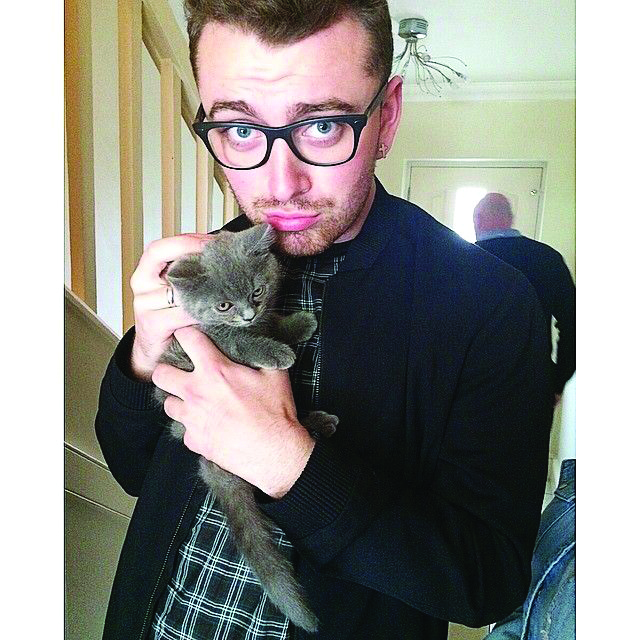
FAMOUS OWNERS?
It’s not just British Shorthairs who are famous, but their family as well.
Singer Sam Smith and fashion icon Stefano Gabbana have British Shorthairs as their furry family members as well.
In Sam Smith’s case, his British Shorthair, Henry, supposedly acts like a dog (horrors!).
TAKING CARE OF BRITISH SHORTHAIRS
Just like all our feline friends and family, British Shorthairs need to have their nails trimmed and teeth cleaned regularly, with their vaccinations kept up to date. Do keep their ears clean of excessive wax and ear mites.
And of course, do keep their litter boxes clean.
By and large, they can live for up to 20 years, but as a family member, you have to check for hypertrophic cardiomyopathy. This heart condition can cause breathing difficulties, lethargy, and loss of appetite as they grow older.
This is particularly important to look out for in British Shorthairs, since most of them tend to be relaxed in mannerisms, mimicking the lack of energy that hypertrophic cardiomyopathy can bring.
Again, as is usual for our feline companions, one should look out for urinary tract and kidney conditions and diseases.

Check your British Shorthair for hypertrophic cardiomyopathy. This heart condition can cause breathing difficulties, lethargy, and loss of appetite as they grow older.

MORE ADVICE
We got in touch with Dr. Russel Tianson, President and CEO of PetVet. He is also a member of the Philippine Veterinary Medical Association and the Council of Ethics.
As a veterinarian, he has insights about how to take care of British Shorthairs.
SHEDDING
Dr. Tianson: They shed once, every season. In terms of shedding, hindi naman ganong ka-remarkable yung shedding nila. Hindi katulad ng ibang Cats ‘pag nag-shed, talagang heavy shedding sila.
Ang mga British Shorthair, dahan-dahan lang ang shedding nila. Minsan nga, ‘di mo pa mapapansin nagshe- shed sila.
GROOMING
DT: Grooming is recommended once a week. However, when we say grooming, a full bath isn’t necessary. So pwede naman punasan lang sila. May mga bagong shampoo na ngayon, dry shampoo.
When it comes to giving baths, they can be taught
— better if before they reach two years old. First, punasan mo muna siya ng basa, then iso-soak mo na yung towel niya. Susunod dun is papaliguan mo na siya. Do this slowly.
It’s a good idea to cut their nails before giving them a bath, para hindi magkaroon ng injury.
DIET
DT: Just like regular Cats, [they need] a high protein diet. Dapat yung diet nila is rich in taurine and lysine, para dun sa mata nila because Cats are nocturnal.
Pwede naman yung commercially made diet, and if a [Cat guardian] has time, a homemade diet. If the owner takes care of the diet, then boiled Fish will do.
They also need vitamins, much like how commercially made Cat food contains the required vitamins. Commercially available food has been formulated by animal nutritionists specifically for them. If it’s homemade, kailangan talaga na required vitamins be included.
ACTIVITY
DT: [Dapat] may mga toys sila. Pero kung wala naman Cat toys, I would advise guardians to have two Kittens rather than one [so that] they play [with] each other.
[That is] how they develop hunting skills, because by nature, they are hunters.
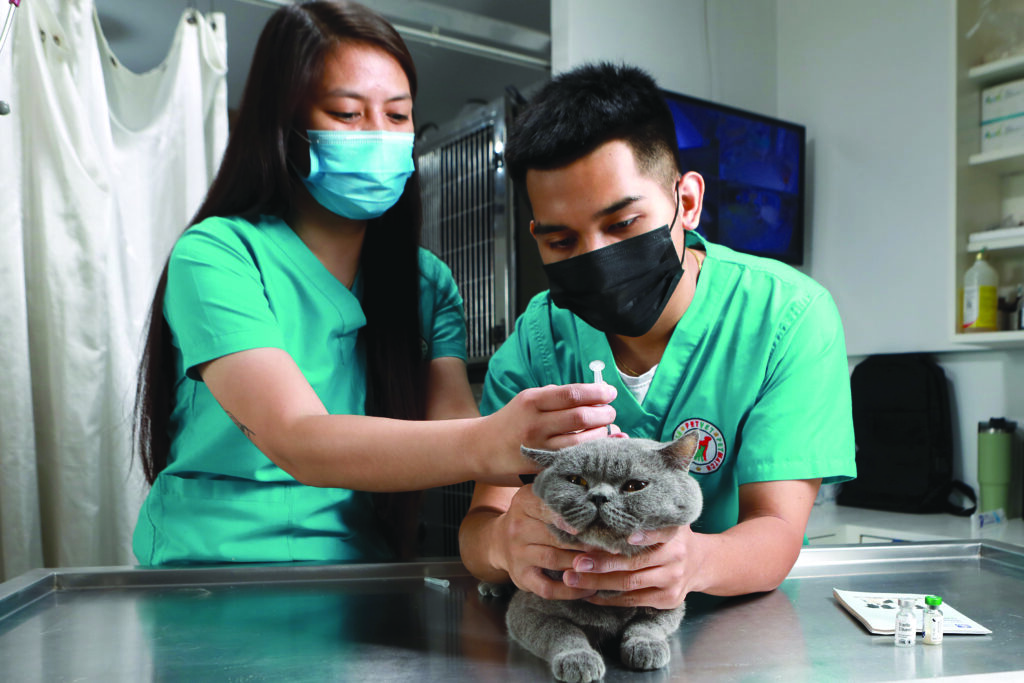
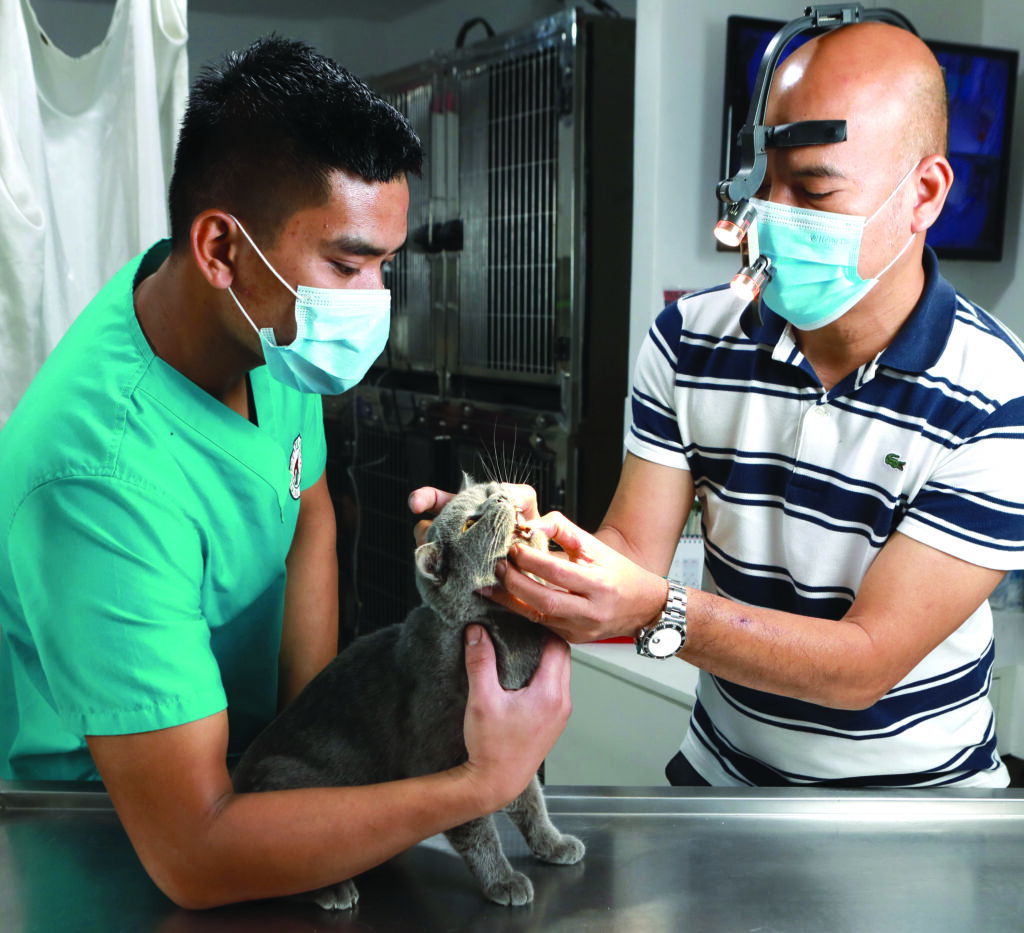
LOOKING FOR THAT “STIFF UPPER LIP”?
If you’re looking for a feline companion who will be generally content to stay with you without being too hyperactive, while at the same time will definitely tell you when they want some affection, then British Shorthairs should be the ones you choose.
Be it sleeping in the nearest perch to your desk or sauntering about the rooms and garden of your house, a British shorthair is the perfect laid-back furry feline family member.
ACTUALLY FAMOUS BRITISH SHORTHAIRS
The British Shorthair’s unique disposition has made them darlings for their adopted families. But there have been famous – literally – examples of British Shorthairs in public media, including the following.
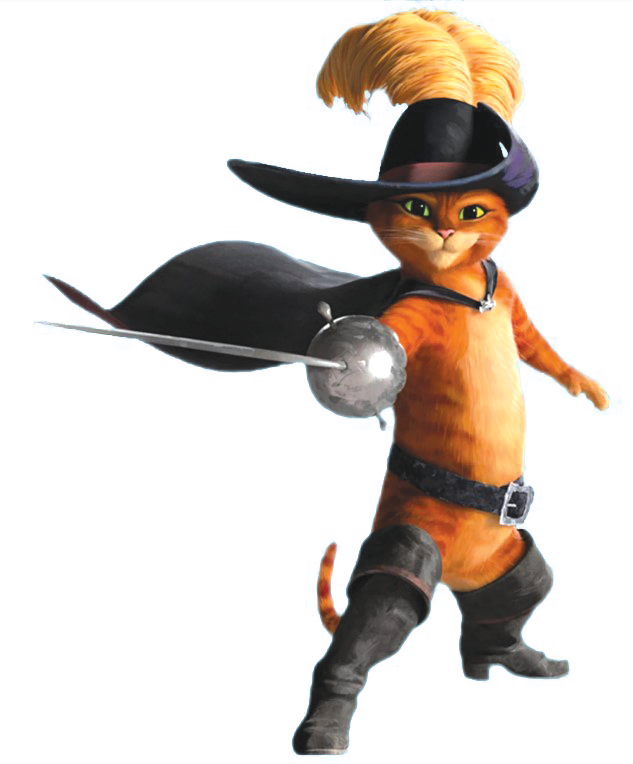
PUSS… IN BOOTS!
According to an article by Emily Taylor for UKPets.com, the indomitable and charming feline from the Shrek franchise (voiced by none other than the equally indomitable and charming Antonio Banderas) is rumored to be based on the British Shorthair, though in this case, perhaps by way of Spain, given Banderas’ nationality.
Such is the charm of the Puss in Boots that he started out as a minor character in the second Shrek movie but currently has his own set of animated films, all set in the world of Shrek.
THE CHESHIRE CAT
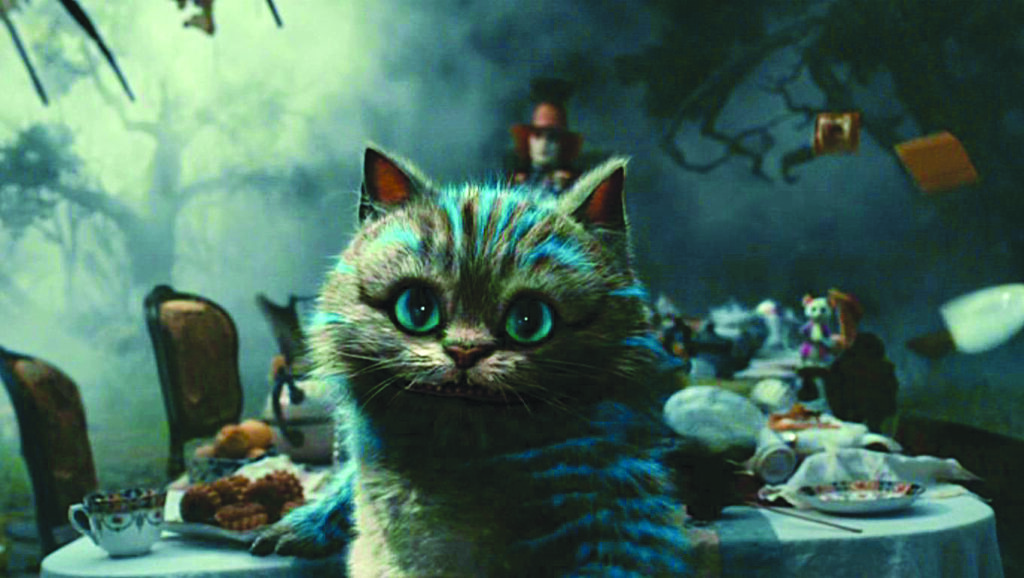
The irreverent and mysterious cat from Alice in Wonderland, who sometimes appears as only his smile, is based on the British Shorthair. He can be seen as a guiding spirit of sorts for Alice, in a mystical and puzzling way.
With a plump body, large nose, and eyes that are expressive, to say the least, the Cheshire Cat is definitely a Shorthair.

ARLENE, THE PUT-UPON GIRLFRIEND
In an article on Feliway’s website, the main romantic foil of the lead Cat-racter in Garfield: The Movie is Arlene, who is presented as a “British Blue” Shorthair.
If anything, Arlene is an established character even in the original comic strip, first appearing in it on December 17, 1980 – that’s more than 40 years ago!
TSIM TUNG BROTHER CREAM

This particular Shorthair’s story is one for the books. Brother Cream was a cat who lived
in a store in Hong Kong. He gained national fame after he was stolen, then returned to his owners in 2012. Attention from national and social media made the situation explode in the public’s consciousness.
Brother Cream had a short-lived career as a commercial model, having appeared in television ads for two major brands and having been involved in a TV production. He has since passed away in 2020.
COBY, THE CAT OF INSTAGRAM
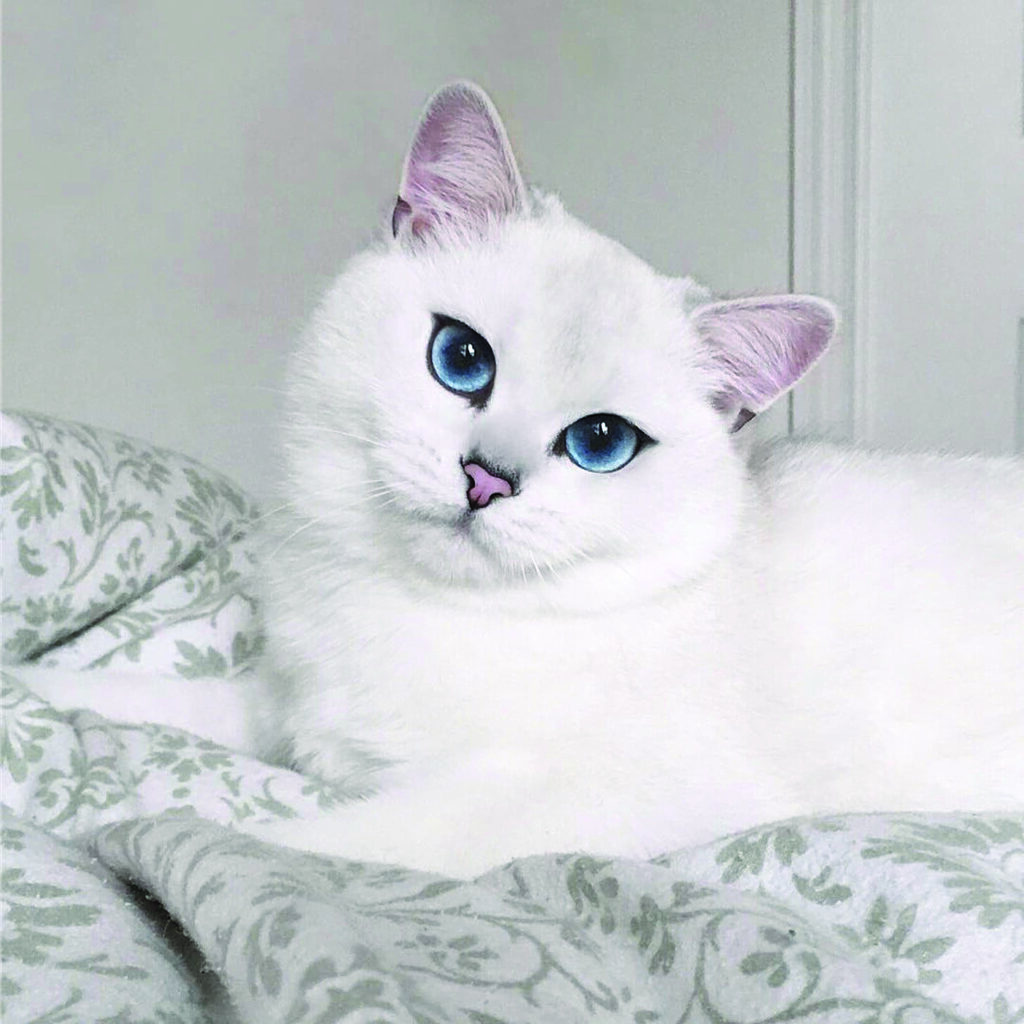
Coby is a fashionable Cat who is taken care of by Rebecca Schefkind. He’s a white British Shorthair with beautiful blue eyes.
Currently, he has about 1.8 million fans on Instagram, thanks not only to his looks, but to his photos which combine fashion, cat aesthetics, and a certain dash of the whimsical. He also has a TikTok account!
NOW, THAT’S LOUD!
Smokey, a British Shorthair with a tortoise-shell coat, was once the Cat with the loudest purr in the world. This happened in 2011, and again in 2014.
Supposedly, Smokey’s purr was at a rumbling 67.7 decibels – about as loud as a conversation between two people.
Sadly, Smokey passed away in 2014. But not to worry: Another fellow Shorthair, rescue cat Merlin, took the record with 67.8 decibels.
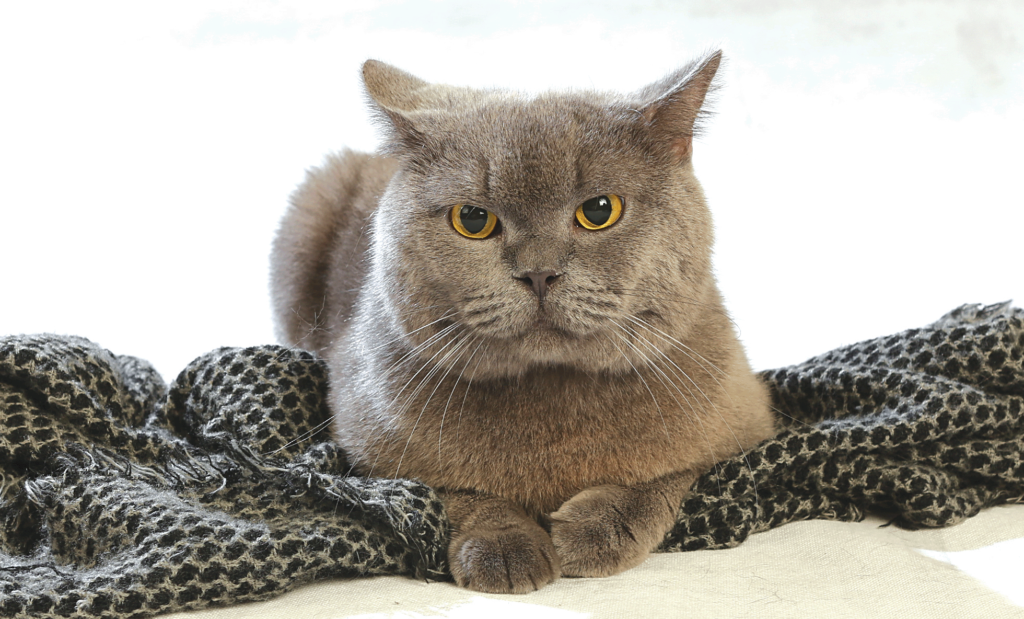
Photos by JEFFREY LIM






